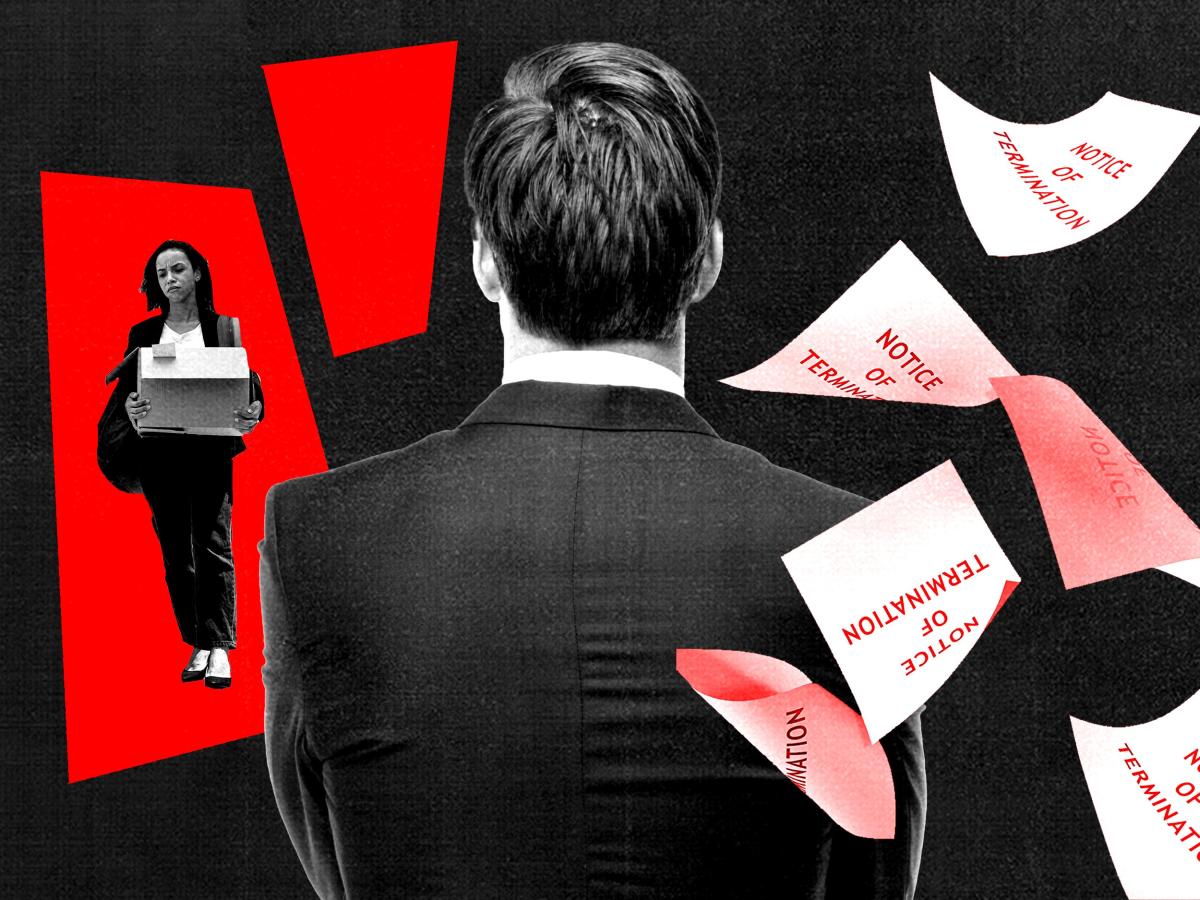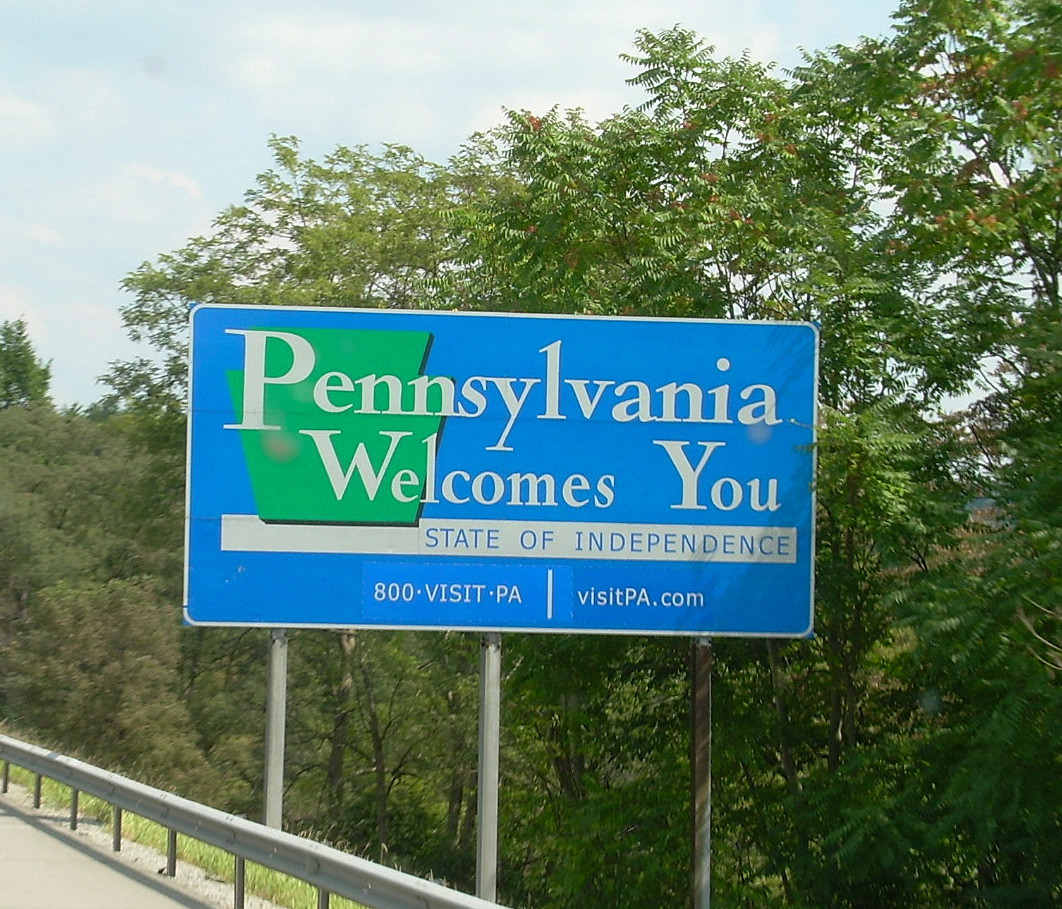Jobs
2 under-the-radar recession signals are flashing red this month, research firm says

-
The number of people working part-time but say they would rather work full-time is rising.
-
The labor differential between those who think jobs are plentiful versus hard to get is falling.
-
Both are usually early signs of a recession, BCA Research strategist Peter Berezin says.
Recent data shows easing inflation and a steady decline in jobless claims in recent weeks, but the labor market and the economy aren’t out of the woods, BCA Research says.
The firm’s chief global strategist, Peter Berezin, pointed to two low-key labor market indicators flashing warning signals this month.
The first, the number of people working part time but would rather be working full time, has “started rising meaningfully,” Berezin said in a Monday note.
The number rose to 4.83 million in August, an almost 6% increase from July and an almost 17% increase from the year prior, according to data from the Bureau of Labor Statistics released earlier this month.
Historically, that number has always increased in the early stages of a recession, Berezin says.
“Could this time be different? I am open to the idea. But I think the onus is on the soft landers to show why. So far, I have not seen any convincing evidence,” he said.
Meanwhile, recent survey data shows a narrowing gap in positive and negative labor market sentiment.
The labor differential, which measures those who think jobs are plentiful versus those who think they are hard to get, fell 3.3 points to 12.6 in September, according to data from the Conference Board released Tuesday.
That’s “well below” pre-pandemic numbers, and below the 2019 average of 33.2, Berezin said in a Tuesday note.
On average, the peak in the labor differential comes nine months ahead of a recession, Berezin says. But this time around, its flashing closer to a rapid slowdown as the labor market pivots to showing weak labor demand via higher unemployment, rather than just slower wage growth and lower job openings.
“I suspect that it has taken much longer this time around because until recently, the economy was operating along the steep side of the labor supply curve,” Berezin said.
The recent warning signs come two months after Berezin cautioned investors over a coming recession to hit the US economy later this year or early next year.
He seems to be sticking with that prediction, despite “being told that the labor market is strong and that the recent rise in unemployment reflects positive developments – namely, that more people are joining the labor force.”
He says the data points to the contrary, with a slowdown in year-over-year labor force growth from 1.9% a year ago to 0.4% in August.
“How is it that all these new joiners were able to easily find jobs back then but cannot do so now? The only plausible answer is that labor demand has slowed,” he said.
He says most of that increase in unemployment comes from people losing their jobs. The number of people who are unemployed because they lost their job has risen by 0.21 percentage points from a 12-month low.
If history is any indication, that rise likely points to a recession.
“There has never been a case over the past 50 years where this metric has increased by more than 0.20 percentage points without a recession occurring,” he said.
Read the original article on Business Insider









